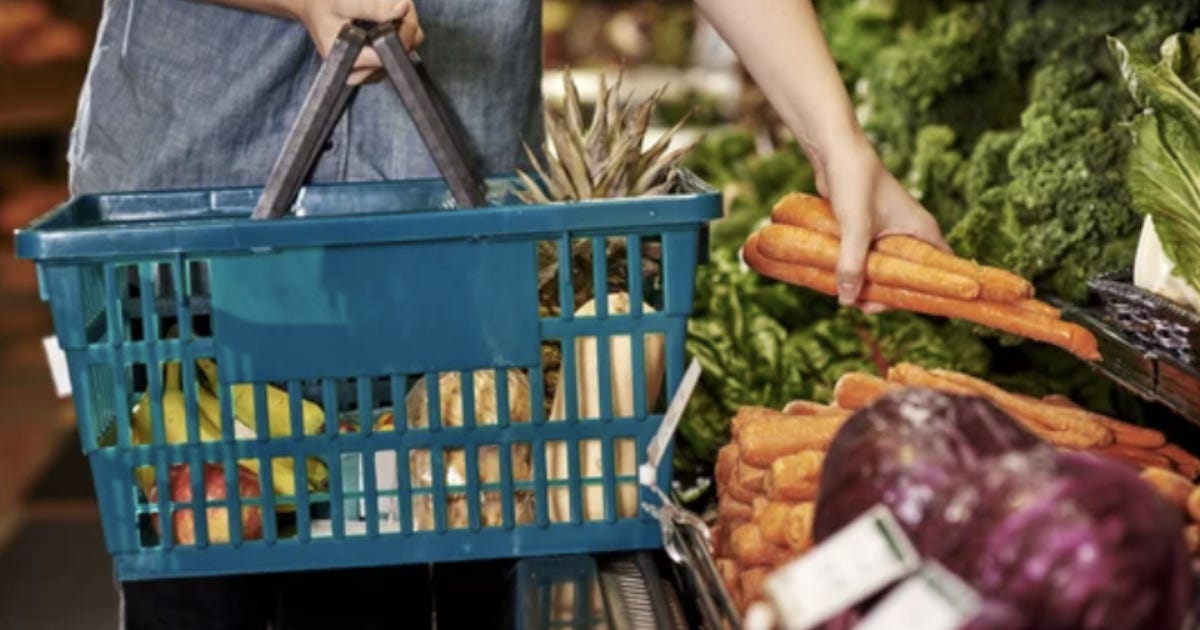OP-ED: Counter-tariffs and Canada’s self-inflicted food bill
"Food inflation in Canada climbed again in August, reaching 3.4%, exactly as forecast. Grocery prices rose 3.5%, running a full 1.6 points higher than the general inflation rate."
Author: Sylvain Charlebois
Food inflation in Canada climbed again in August, reaching 3.4%, exactly as forecast. Grocery prices rose 3.5%, running a full 1.6 points higher than the general inflation rate. For every month of 2025 so far, food inflation has outpaced overall inflation. The grocery aisle has become a pressure point for households across the country, and it’s not just the market at work—it’s Ottawa.
Government policies have played a central role. The GST holiday, sold as relief, distorted retail pricing signals. More importantly, counter-tariffs against U.S. products—introduced as a political bargaining chip—artificially inflated costs. The federal government claimed to be protecting Canadian interests, but in reality, these measures landed squarely on consumers’ grocery bills.
The impact has varied by region. Prince Edward Island now suffers the highest retail food inflation in Canada at 4.2%, while Manitoba enjoys the lowest at 3.1%. In specific categories, the distortions are glaring: coffee and tea jumped 22.4%, nuts 14.2%, sugar 5.4%, seafood 4.5%, and cookies and crackers 4.4%. With the exception of meat, these increases were fueled directly by counter-tariffs, which finally ended on September 1.
Meat tells a different story. Prices rose 10.5%, not because of Ottawa, but because of nature and economics. Drought conditions and soaring feed costs have pushed many cattle producers to exit the business altogether. With herds shrinking, supply is tightening, and beef prices are unlikely to normalize until early 2027 at the very earliest. That structural reality will keep meat a costly staple for years.
Amid the tariff chaos, however, some small miracles have appeared. Both fresh fruits (-1.1%) and vegetables (-2%) were cheaper this month, offering rare relief in the produce aisle. Rice, a staple for many Canadian households, also fell (-1.9%). These declines, while modest, show that not all categories are moving in lockstep—and that consumers are still finding pockets of affordability despite political and climatic shocks.
The contrast with the United States is stark. Canada’s food-at-home inflation peaked at nearly 4% in April, while American households faced rates closer to 2%. Canada’s grocery aisle is hotter and more volatile, while U.S. prices, though rising, remain steadier. Canadian families are absorbing the cost of political experiments that their American counterparts have been spared.
Yet when the new inflation numbers were released, most media outlets followed a familiar script: report that food prices are rising, but skip the “why.” The uncomfortable truth is that Ottawa’s counter-tariffs, not vague global forces, were responsible for much of the pain. By ignoring the real cause, coverage only shields decision-makers from accountability.
Canadians deserve honesty about what is driving their grocery bills. Policy-induced inflation is a political choice, not an inevitability. The worst is likely behind us—provided Ottawa resists the temptation to play with market conditions again.
Dr. Sylvain Charlebois is Director of the Agri-Food Analytics Lab at Dalhousie University, co-host of The Food Professor Podcast and Visiting Scholar at McGill University.



LIBRARLS WILL NOT BE HAPPY till we are all starving to death whating in line for a slice of bread .. WHILE they eat lobster and stake with a topping of caviar and a bottle of champaine to wash it down each meal
Most sensible people, excluding Liebreal/dippers know that it was Dougie boy and Carnage playing their games with DJT over tariffs at our expense! We also know that the cost of food will not come down to what they were…..you have the Canadian elite Weston Family at the head of our grocery chain and they are tied at the hip to the Liebreal government……our best shot is boycott the Weston chain of grocery stores,! The Weston caved to environmentalist when they owned E.B. Eddy Forest. They love money at all costs!!